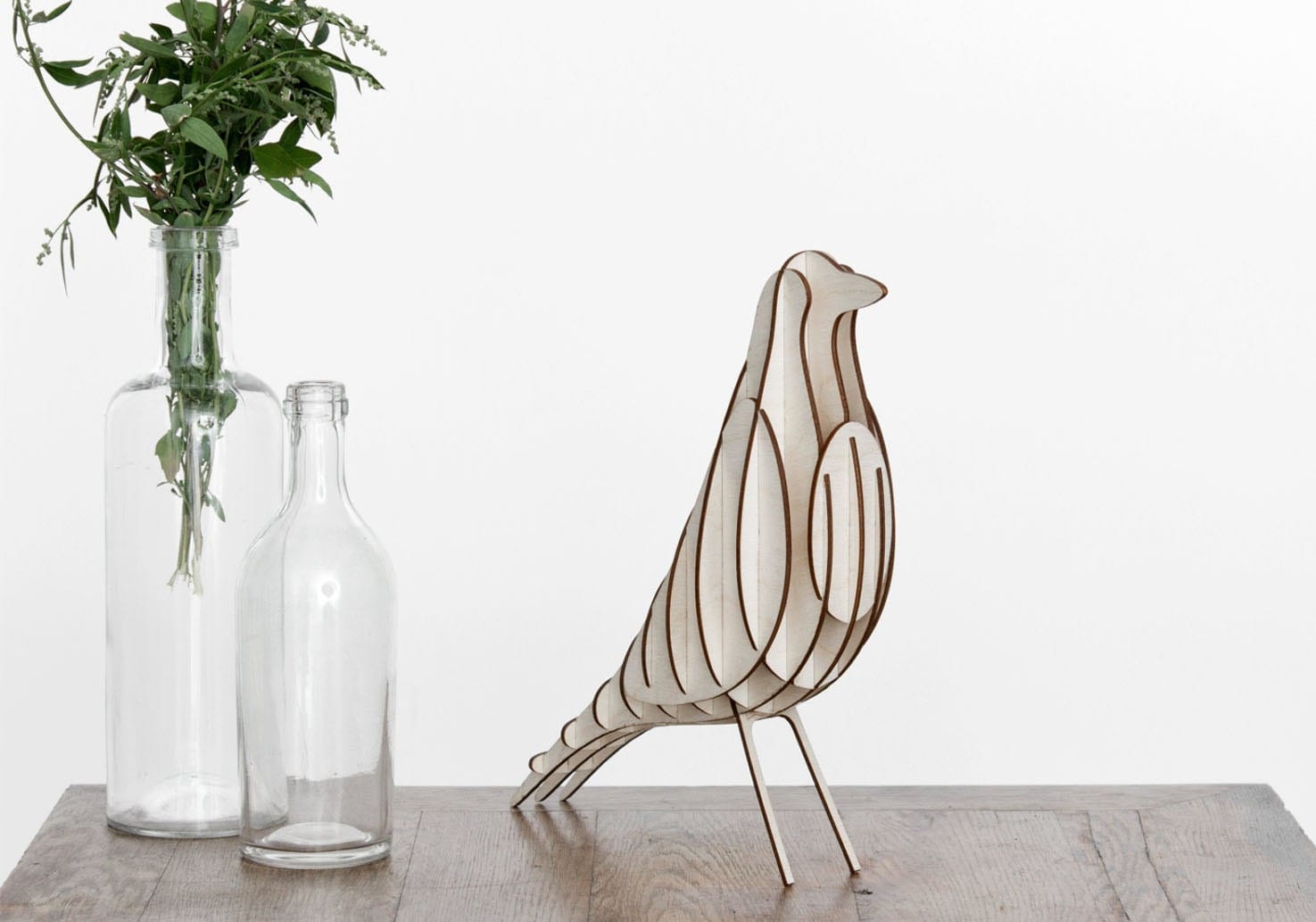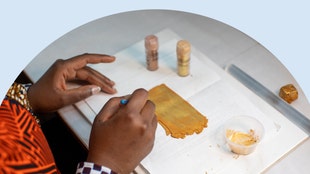Whether you use props, models, or different backdrops, photo styling is key to bringing your products to life in the minds of potential customers. By strategically using these elements, you can communicate important information about your products—and important information about your brand. In this chapter, you’ll learn how to make decisions about styling that fit your business’ aesthetic and speak to your target market.
Branding through photography
Your photos are the first thing shoppers see when browsing. They make assumptions about your business based on what they see in your photos, so it’s important to understand your brand's focus and convey it visually.
Define your style
Describe your style in a few words. For example, if you sell colorful business clothing for women, maybe your style is “quirky casual Friday.” Paired with your shop’s logo, these words and concepts can serve as an outline for your shop’s visual branding. Your shop imagery represents what buyers can expect from your business. The more appealing and cohesive your shop and listings look, the more likely buyers are to browse through your items and make a purchase.
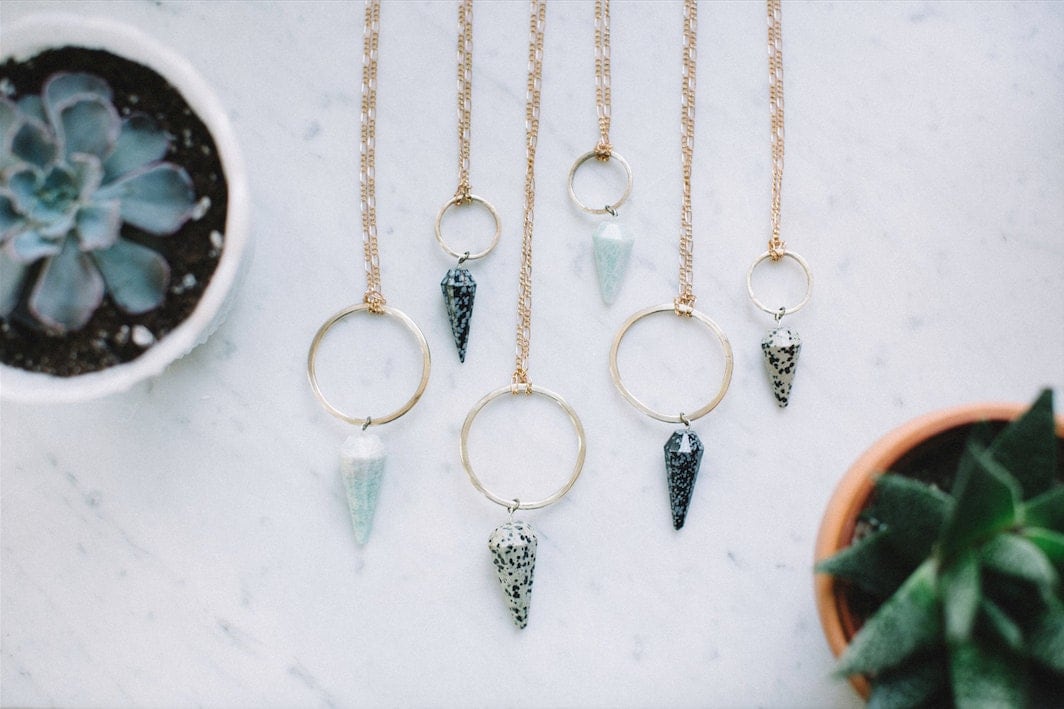
Consistency is key
Next, select visual elements that reflect your shop’s style. Since the aim is to create a cohesive experience for buyers who land on your shop, it’s best if your products look compatible with each other and fit together logically. Before you start styling your photos, use these elements to make a plan:
-
Colors: Select props and backgrounds with colors that complement your item. When making your choices, think about what emotions and associations colors can express.
-
Backgrounds: Using a handful of photo backgrounds that complement each other can help create a unified look in your shop. All the backgrounds don’t have to be the same—a little variety can be nice—but they should play well together. For example, if your shop is rustic, consider wood backgrounds. When in doubt, keep it simple. Simple, clean backgrounds look good with almost everything, and they highlight your items while letting them pop.
-
Lighting: You can express different moods depending on the time of day you shoot. Morning light can look soft and cheerful. Early evening light can be more mysterious and romantic.
-
Assortment: Do your products make sense being styled and sold together? Imagine if your online business was a brick-and-mortar store. How would you decorate the shelves? You can apply these ideas to your product photos. For example, if you sell air plants and geometric planters, you might display one of your plants nestled inside a planter. Creating an intentional shop assortment can help reduce the number of photographs you take and is a great way to cross-promote. (Don’t forget to link to the other item in the listing.)
- Textures: Textures in your photos can reinforce your brand's aesthetic. For example, if your brand image is industrial, using rusty metal and brick surfaces will further enhance this feeling.
Using props
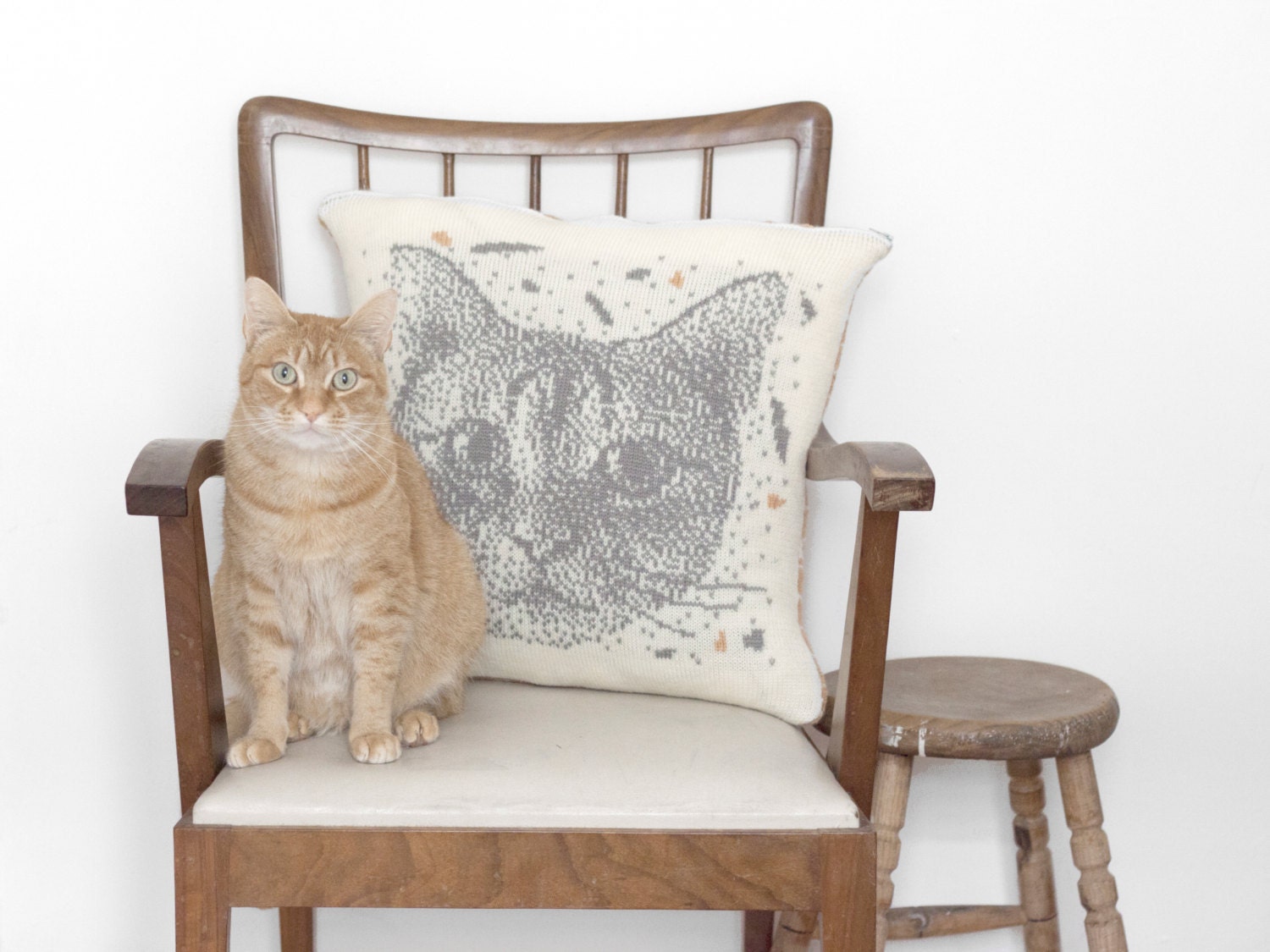
Props help contextualize your item, so shoppers understand its intended purpose and imagine it in their own lives. They can also serve practical functions like showing scale, size, and use. Before choosing props, evaluate the item you’re photographing. Make sure the props will not detract from your product or cause confusion about what’s for sale. Ask yourself:
- What is the product?
- What are its obvious qualities? (Color, size, texture, function, shape)
- What are the hidden attributes or uses that you find interesting? These features may not be obvious to buyers, but can really sell an item.
- Is it portable?
- Does it make a great gift or party favor?
- Was it made with a special process?
- If you designed it, what inspired you?
Use this list to brainstorm ways to show the item while also telling its story:
Usefulness: Show your product in action so buyers can see how it might be used. If your product is small and portable, you may want to plan a lifestyle shot where it’s shown nestled in a tote bag, alongside a book or wallet.
Inspiration: If your product was made in your inspiring country studio, for example, you could incorporate branches or leaves from your garden into the shots.
Process: Do your buyers seek out your product because it is made in a certain way? Are there special tools you use to create your items? You might want to include these in a photo, adding a sprinkling of sawdust, a needle and thread, a sketch, or an assortment of wood-block type.
Experiment with your props
Set up a shot with one or two props, and take a test shot. Do they bring out anything interesting in your item? If something doesn’t look quite right, be patient and critique what is wrong. Do you need to try a different angle, move the props into a less prominent position, rearrange the composition, or change the focus? Keep playing and adjusting, but be careful not to overdo it by adding too many props. Your product should always be the star of the photo. It may take time to get the right balance of props that accents your product and vision.
Seasonal photography
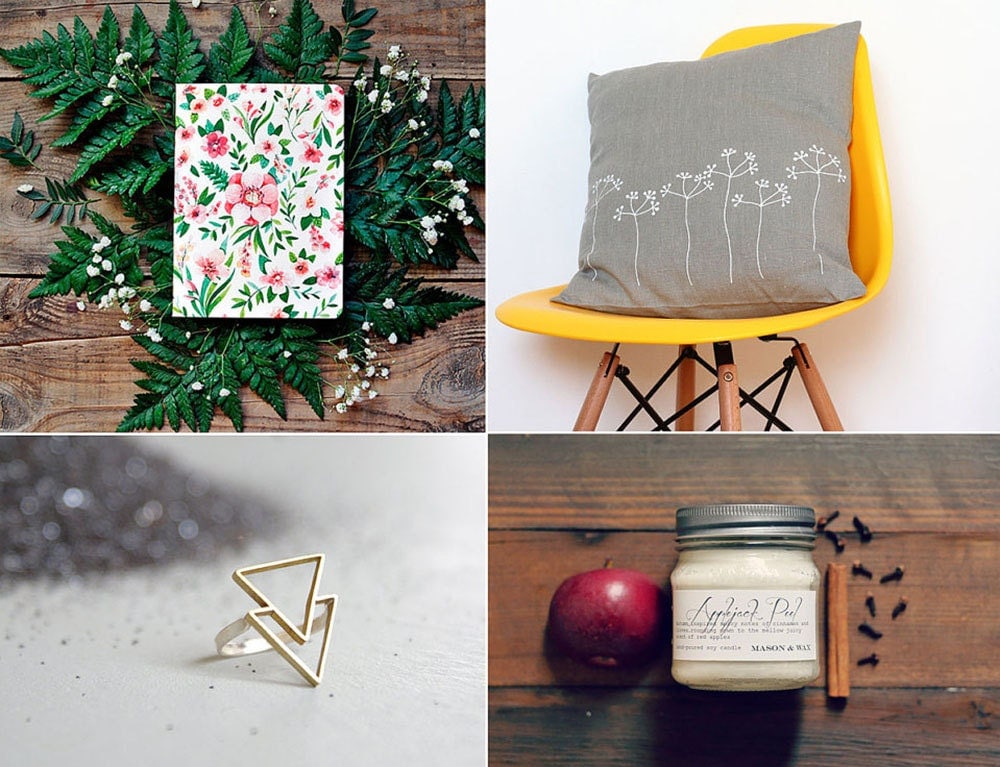
Styling your photos to reflect holidays, seasons, and special occasions can attract seasonal shoppers. Draw a visual connection between your items and the time of year with these tips.
The four seasons
Imagine the colors and textures—and related props—that remind you of a season.
- Spring: For a spring palette, consider fresh earthy tones and pastels. For props, try herbs, flowers, plants, citrus, and linen fabric.
- Summer: For a summer palette, consider bright colors or neon. For props, try fresh cut flowers or motifs like dining al fresco, travel, and adventure.
- Autumn: For an autumn palette, consider rich, warm shades. For props, try tweed, felt, dark wood, leather, old books, berries, and apples.
- Winter: For a winter palette, consider cool, muted tones, greys, blues, whites, gold, silver, and a splash of red. For props, try weathered wood, fluffy and cozy textures, glitter, twigs, and logs.
Holiday
Don't leave it up to your customers’ imagination: Show them how your products can make great gifts. Shoppers often buy several of the same item around the holidays, such as party favors and stocking stuffers, so try photographing in multiples. For example, photograph a stack of your bar soaps, rather than just one. If you offer gift-wrapping options, snap a photo of a wrapped order. This helps to emphasize that your product makes a great gift.
Wedding
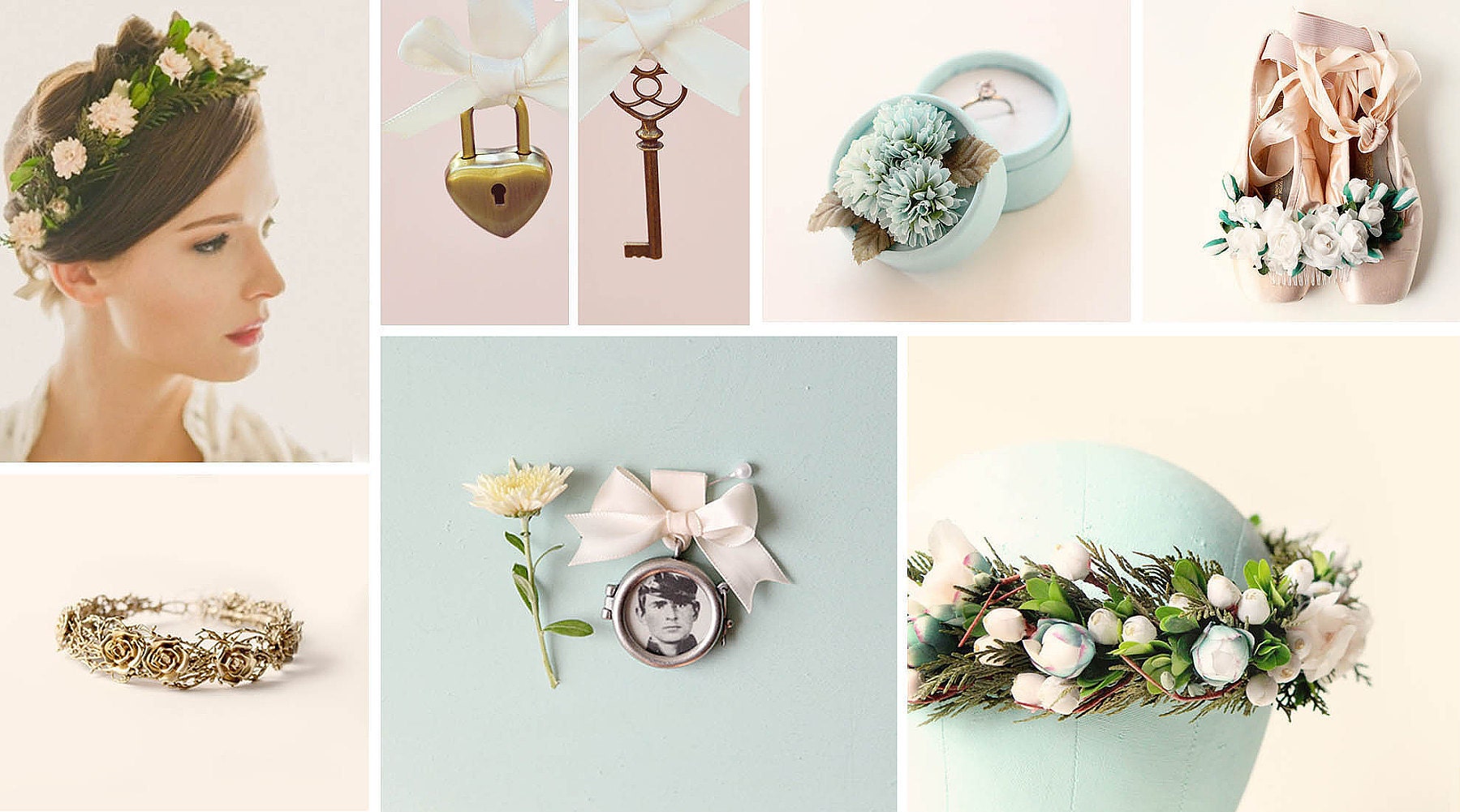
Many brides and grooms shop online for their wedding needs, so think about how your items could fit into this occasion. You can help buyers imagine your item as part of their special day by taking photos in wedding-like settings that feel like snapshots of real events. Place your products in context so shoppers can imagine them as part of their big day. For example, capture place cards shown at a fully set table, a centerpiece propped in a complete tablescape, or a bar menu shown at a full bar.
International holidays and seasons
If you sell internationally, research holidays, celebrations, and trends across the globe that might be relevant to your photo styling. Though it may require some extra effort initially, this opens your shop up to a much wider audience in the long run. When it’s snowing in the United States or Europe, it might be beach weather in Australia. If you keep seasonal photos in your shop year-round, you have the opportunity to engage with customers in new territories.
Using models
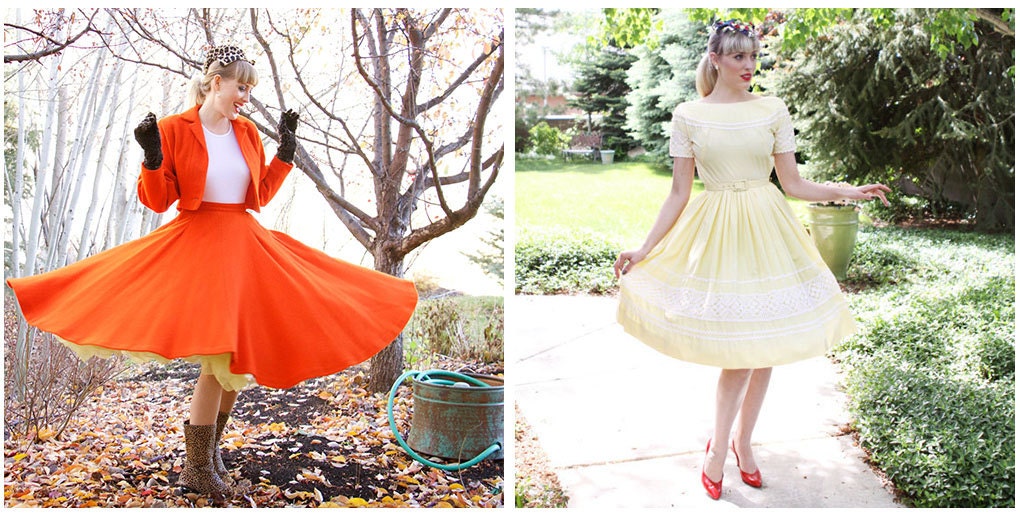
Real people modeling garments and accessories in action can help customers visualize the cut and fit. The difference between using a model for these items or not using one can be the difference between shoppers understanding at a glance what you sell or clicking away in confusion.
Finding models
Pick people who represent your target customers, since your models will be the face of your brand. For example, if you run a business selling maternity clothes, find pregnant women to don your garments.
Here are some ideas for finding models:
- Be your own model. If you fall into the same demographic as your target customer, you can use a remote shutter-release cable to snap the photo from in front of the camera.
- Ask friends and family. Invite everyone to a picnic in the park or a party at your house and host a photo shoot on the side, calling friends over one at a time to have a few shots taken.
- Look for models (and hair and make-up artists) who are new to the business. They’re often eager to gain experience and add to their portfolio.
- Check out local modeling and beauty schools for students seeking experience.
- Hire a freelance model from an agency or through sites such as Model Mayhem.
Briefing your model
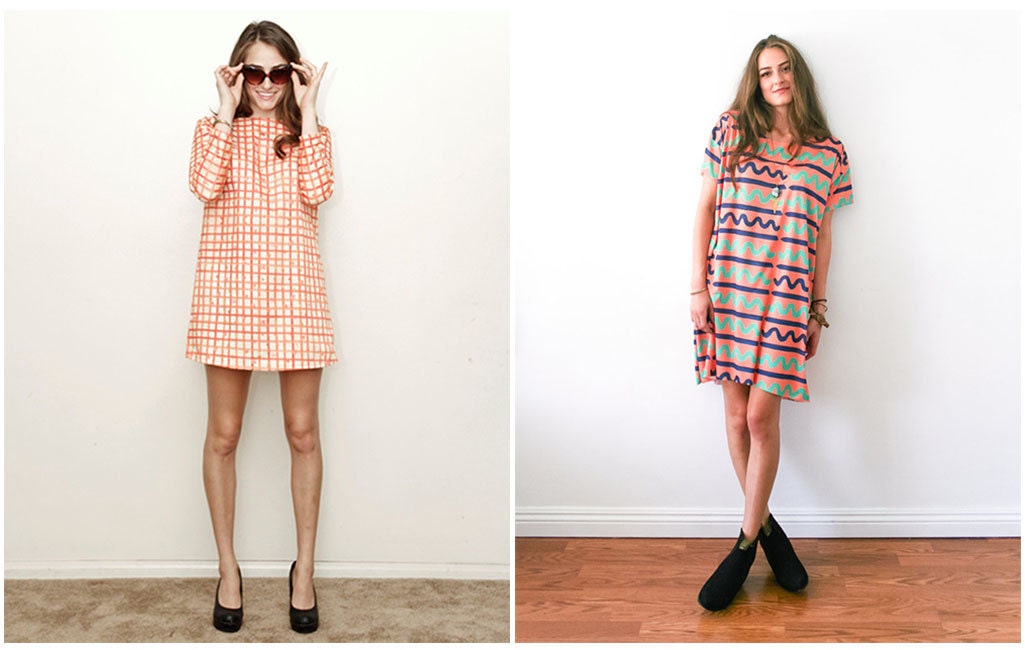
Since your models need to resonate with your customer, brief them on the character you want them to represent. One way to do this is to tell them who your target customers are, including details about their personalities and interests. For example, if you sell vintage rockabilly-style dresses, you might explain that your customer is a charming, friendly woman in her ‘20s or ‘30s who loves antiquing and burlesque. Another good way to prep your model and yourself is to create a mood board on Pinterest to share with her. You can add all visual elements that will go into the shoot such as hairstyles, makeup, and settings.
Try giving your model a specific character and scene to work with for inspiration. For this example, the scene might be that the woman has just finished getting ready for a night out with her friends, where they’ll go dancing in the city. By providing a scenario, you give your model freedom to bring her own creativity to set and help make the shoot more dynamic. As another example, if you sell western clothing, you might describe a character who works with horses on a ranch. You could tell her that she’s just woken up after spending a night by her cozy fireplace, and is currently sipping some coffee and thinking about the day ahead of her.
It’s important that your model is comfortable working with you. Spend a little time getting to know each other before the shoot, and if your model is unsure about how to pose, be ready to demonstrate some ideas yourself.
Experiment with backgrounds
If you're new to taking photos with models, start by photographing against clean, uncluttered backgrounds. Take some straightforward shots of the garment from the front, side, and back. Once you have mastered simple photos with models, try creative backgrounds to tell a visual story. For example, if you sell swimsuits, you could photograph your model by a pool or the beach. It’s okay to mix it up. Just be sure your photos make sense together and create a consistent brand look.
Here are a few low-cost location ideas:
- Your own house or apartment.
- Local parks, beaches, and public gardens.
- A rental property or Airbnb. You might be able to find a cool apartment or house in your area for a reasonable price.
- Properties of friends or relatives. Get creative and ask around. Perhaps your relative has a beautiful place with antique furniture, or maybe you know someone who lives on a farm.
Communicate sizing
Online shoppers can't try your items on before they buy, so it’s important to give them all the details they need, both visually and in your product descriptions. Note your models’ measurements and the size of the item they are wearing to give your customer a reference for sizing and fit. (If the garment has been pinned, it's helpful to mention this as well.)
A well-styled photo can communicate not just the feeling of the product—but practical information about the product as well.
Continue reading > Chapter 9: (Case Study) How to Photograph Vintage and One-of-a-kind Items
Go back > The Ultimate Guide to Product Photography
 Words by Etsy Staff
Words by Etsy Staff
